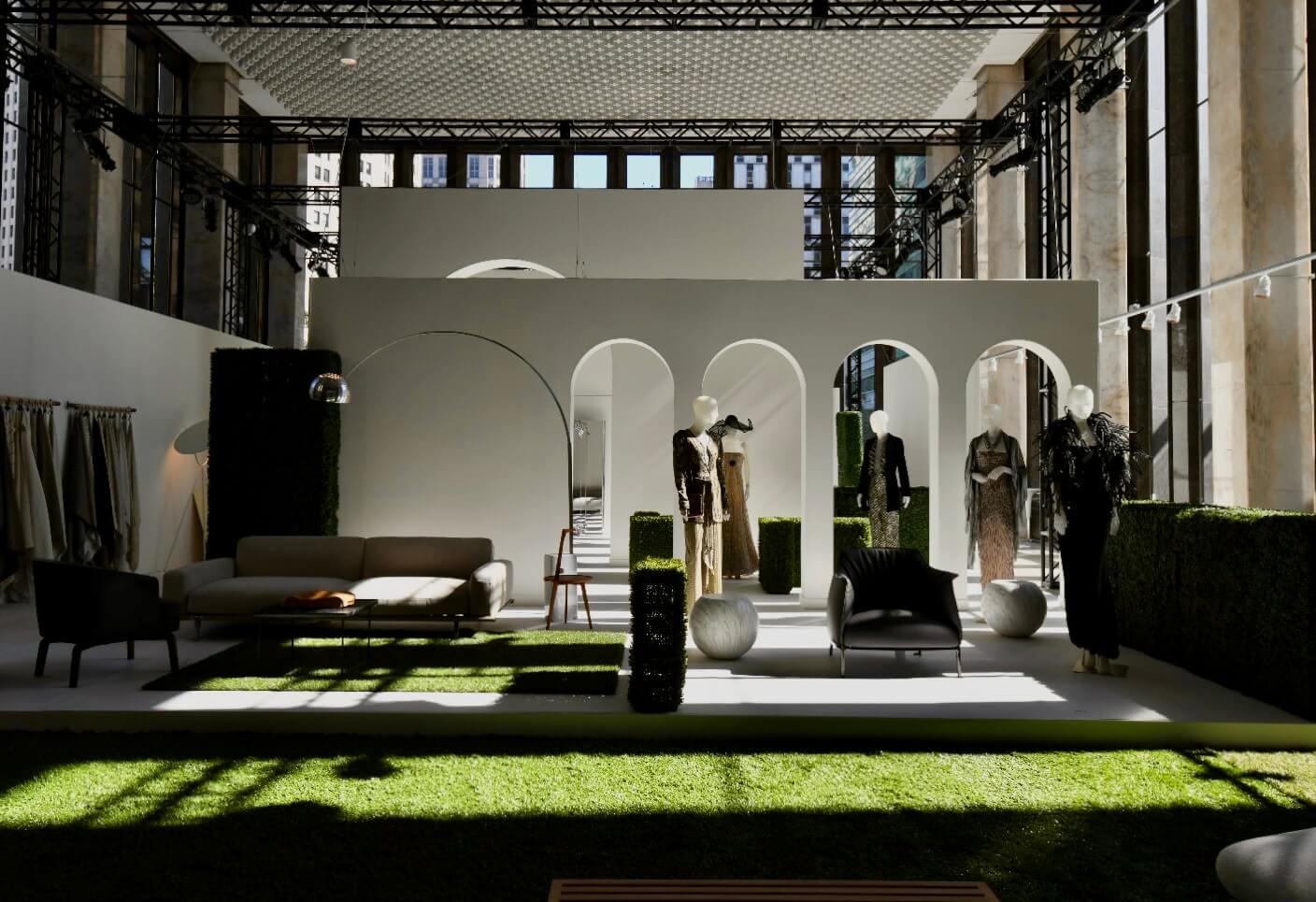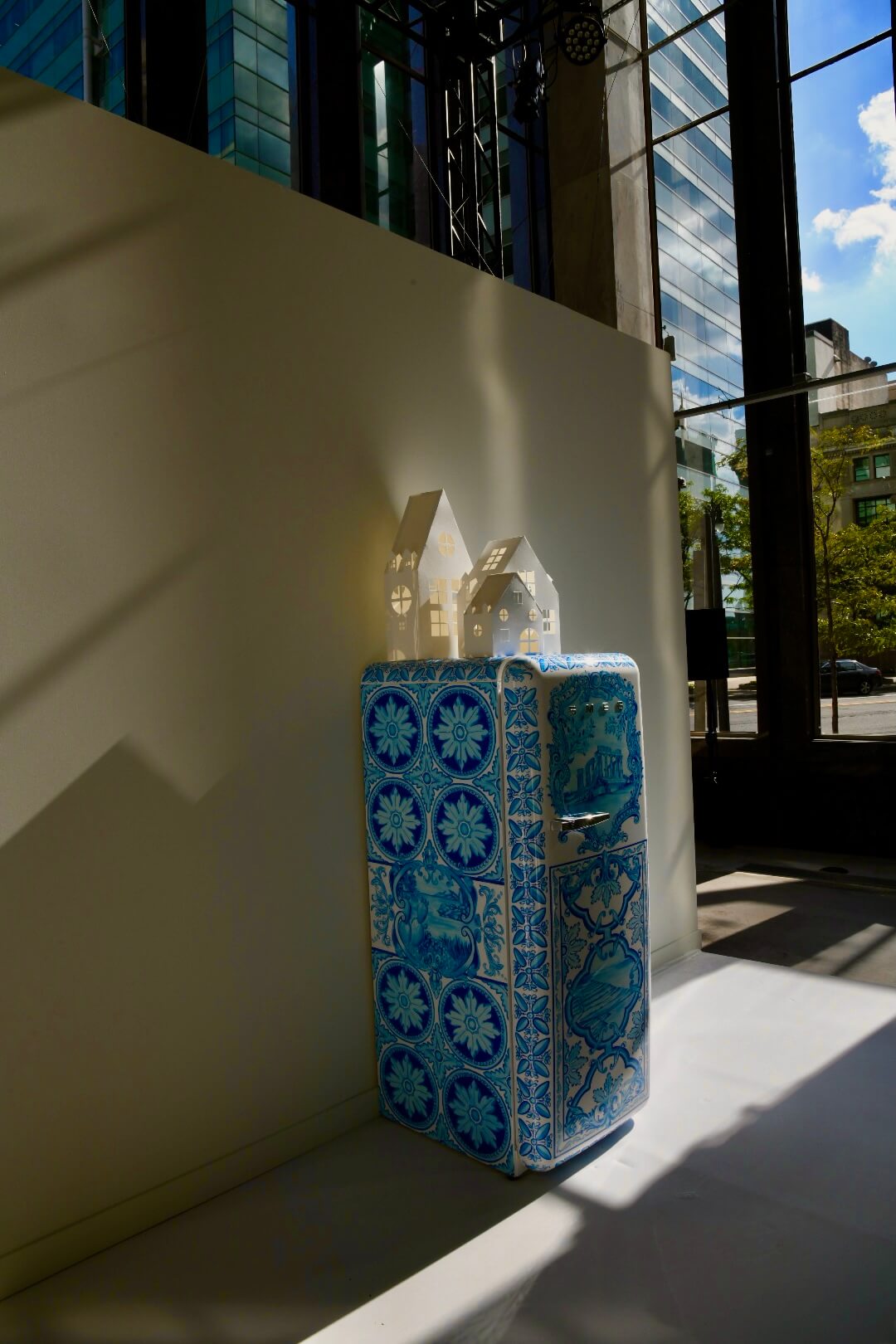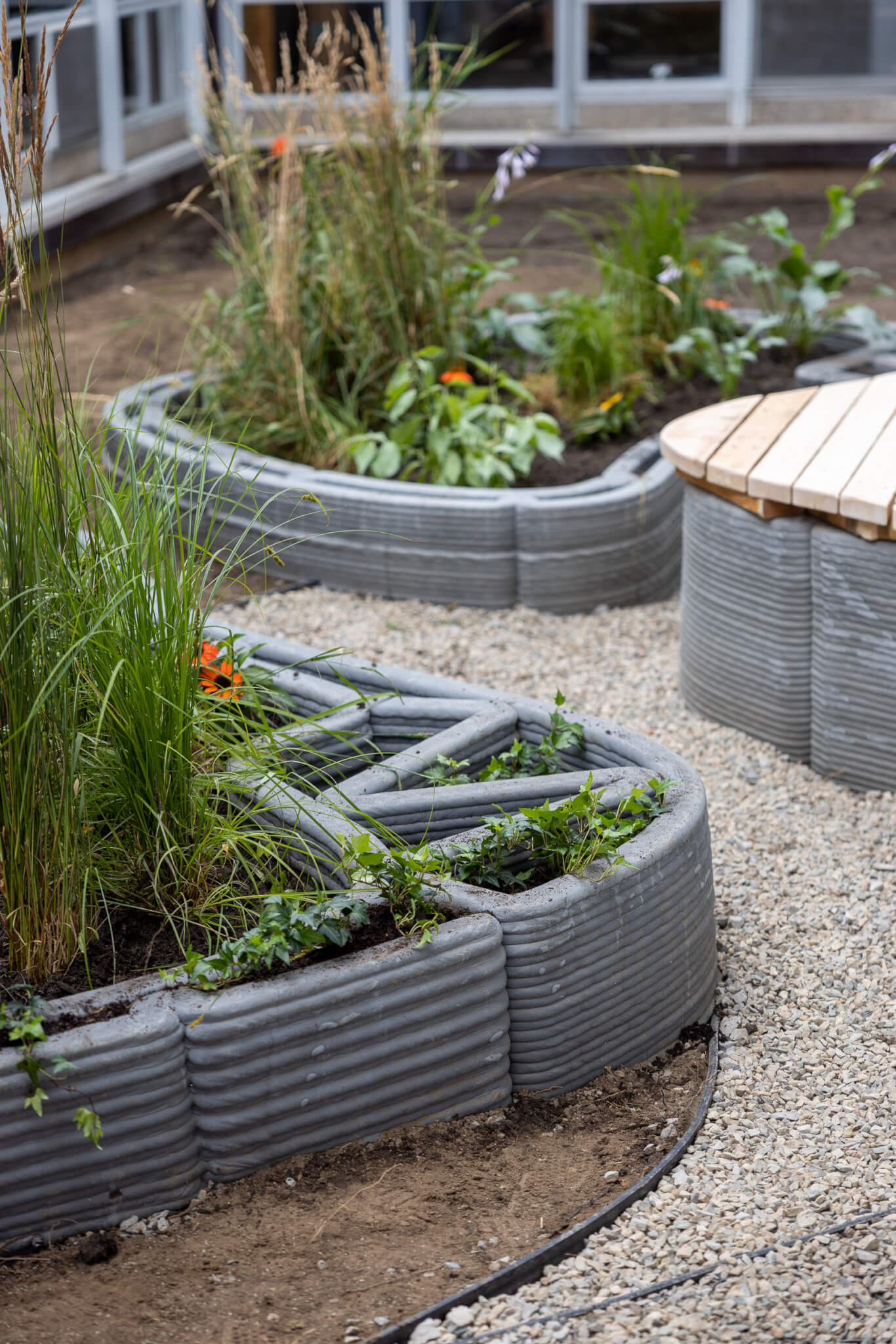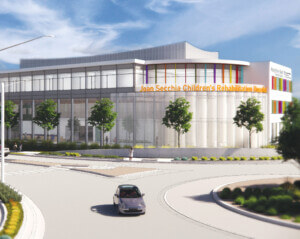It would be too easy to describe the current resurgence of cultural and technological innovation taking place throughout Detroit as a “renaissance.” The term, after all, can be found on everything from its most prominent buildings (the John Portman–designed Renaissance Center) to one of its most common nicknames: The Renaissance City.
Yet unlike the work of Florentines following the Dark Ages, Detroit’s recent design trends ought to be understood as more of a continuation than an aberration. For any student of history, the buzz of invention in the U.S.’s one and only UNESCO City of Design should come as no surprise. Even setting aside from the many design institutions that have outpaced the region’s brush with economic downturns over the last half-century—including Pewabic Pottery, the Cranbrook Academy of Art, and the College for Creative Studies—the city is still the birthplace of everything from the modern assembly line to techno. And it still has plenty of energy to spare for new creative leadership. During the 12th annual Detroit Month of Design put forth by Design Core Detroit this September, a large portion of that spirit was on display across the city in structures both historic and new.

“We are building on the roots of Detroit, not its ruins,” Italian designer Roberto Palomba told AN. He curated the installation LoveITDetroit, which places design objects from Italy and Detroit in seamless dialogue on the ground floor of a sleek midcentury skyscraper at the center of the city. Demonstrating the capabilities of the Metaverse, the Detroit- and Rome-based digital technology company Wedoo launched LoveITDetroit Metaspace, a digital twin of the physical space that additionally gives design lovers 24/7 access to the transatlantic installation that includes everything from monocoque race cars to a delightfully absurd Dolce & Gabbana x SMEG Majolica Refrigerator.

Craft in the Digital Age, an exhibition held within the Edsel and Eleanor Ford House, an Albert Kahn–designed mansion and National Historic Landmark on the shores of Lake St. Clair northeast of Detroit, similarly juxtaposes works of varying points of origin and intent. The show was a collaboration between Lawrence Technological University, Ford House, and Design Core Detroit. Much like the interiors of the 93-year-old home, largely renovated in the art deco style by industrial designer Walter Dorwin Teague in 1936, the 70 new works mix traditional handicraft with novel methods of fabrication that include 3D printing, robotic mark-making, and 3-axis CNC milling to dazzling effect. Local designer Elizabeth Salonen of Motto Form, for instance, combined water jet-cut stone and upcycled Corian offcuts into a modular “lamp sculpture” that fits right into the luxuriant surface materials of Eleanor Ford’s Morning Room. “I stacked them to recall the appearance of sedimentary rock or layers of the earth’s core,” Salonen explained, as a method of introducing digital fabrication techniques to timeless aesthetics and materials.
On a larger scale, Citizen Robotics, a robotic construction non-profit set within a former warehouse on the edge of the industrial-chic Corktown neighborhood, has been developing methods for reducing the cost of housing construction through automation and large-scale 3D-printing technology. Since it was first established in 2020 by the father/daughter team of Tom and Evelyn Woodman, Citizen Robotics has invited the local community into their expansive space to explore the design work made possible by robotic intervention through workshops and demonstrations. “We intend to make this technology appear less of a novelty than a reality,” Evelyn explained, “by tapping into the skill set of regional designers and technology enthusiasts as well as the region’s abundance of available land for development.” Their grounded experimentation began with a simple, 1,000-square-foot, 3D-printed home designed by Bryan Cook, principal and founder of developARCHITECTURE and president of the Detroit chapter of the National Organization of Minority Architects. Set to begin construction by the end of this year, the home’s two-bedroom layout integrates customization with rapid production in accordance with the high-standards of the Island View Greater Villages Neighborhood Framework Plan.


Not all design innovation, however, takes place within historic skyscrapers, mansions, and warehouses. Ash Arder, an interdisciplinary artist and recent Cranbrook alum, deposited an object at the center of a grassy plot near Eastern Market that defies easy description. Whoop House is a solar-powered sound sculpture, modular musical instrument, and stage for performances. The object explores environmental themes within the musical traditions of the African diaspora. Its powder-blue facade is broken only by decorative cutouts lifted from quilt designs produced by the artist’s grandmother; these openings double as voids through which sounds played from an audio jack can emanate. Nearly daily demonstrations of Whoop House have taken place on the site through Solar Juke, a garden party and sound performance the artist hopes to replicate across the city. “I don’t want to just make work that looks good,” Arder said. She hopes her art “can also bring together the people of this neighborhood that have come together through music many times in the past.”

This last sentiment, in the end, unites the varied works on display during Detroit’s Month of Design: a desire to reestablish the city’s prominence as a cultural leader in America through technological experiments that foster community building.
Shane Reiner-Roth is a lecturer at the University of Southern California.











